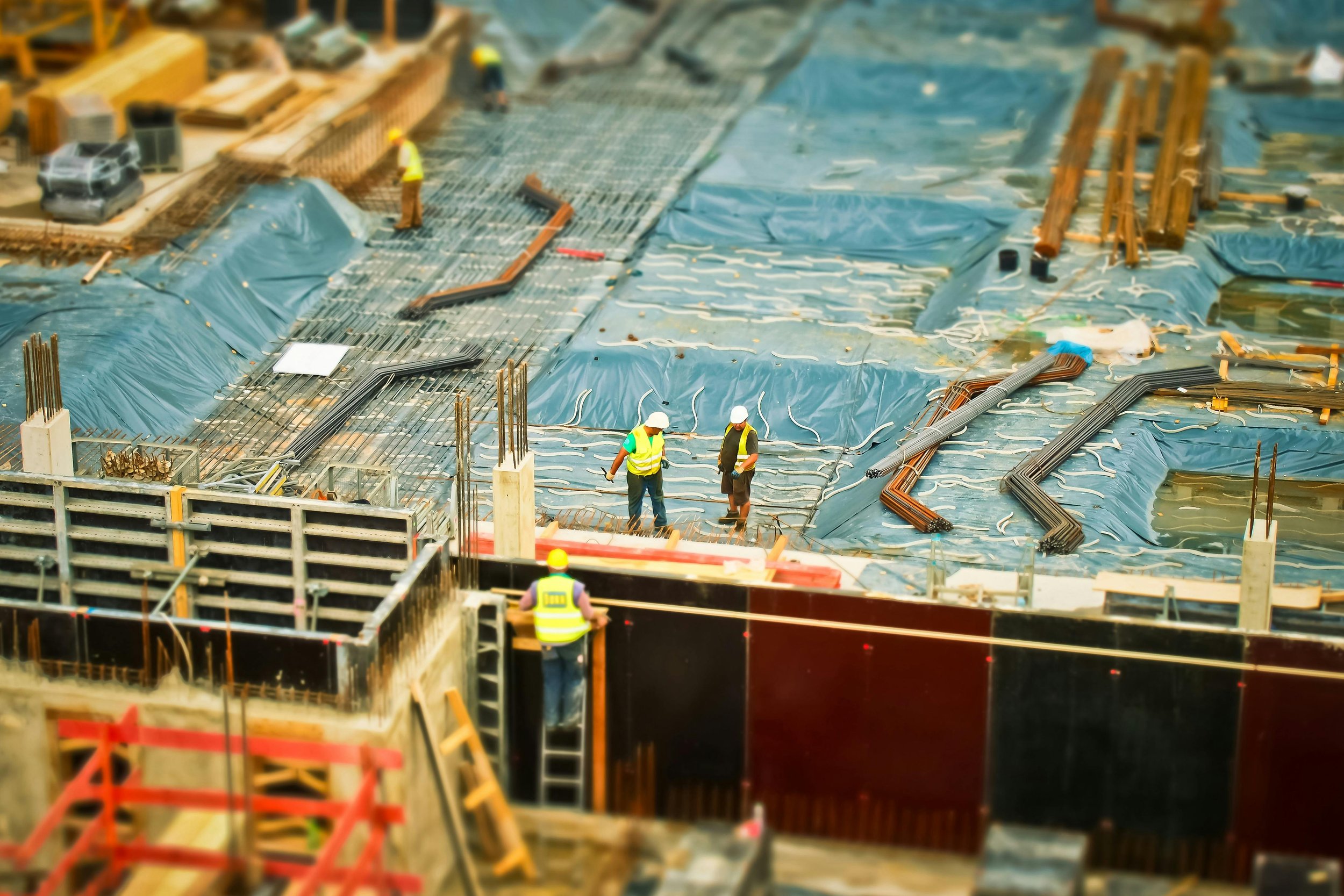Community,
Community-Driven,
Social Good,
Infrastructure,
Reintegration,
City Development,
Homeless Prevention
Destiny Battles
Community,
Community-Driven,
Social Good,
Infrastructure,
Reintegration,
City Development,
Homeless Prevention
Destiny Battles
Read More
Digital Equity,
Social Good,
Digital Inclusion,
Tech-Driven,
Access to Technology,
Homeless Resources,
Community,
Community-Driven,
AmpedUp Initiative,
Bridging the Digital Divide
Destiny Battles
Digital Equity,
Social Good,
Digital Inclusion,
Tech-Driven,
Access to Technology,
Homeless Resources,
Community,
Community-Driven,
AmpedUp Initiative,
Bridging the Digital Divide
Destiny Battles
Read More

